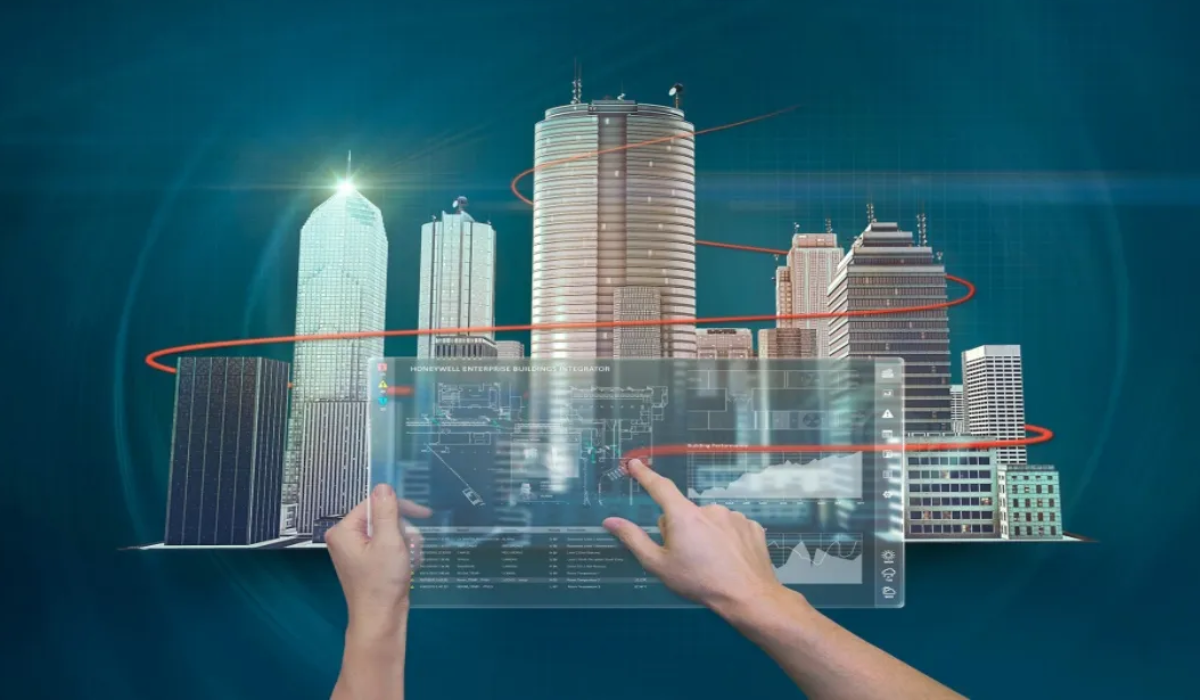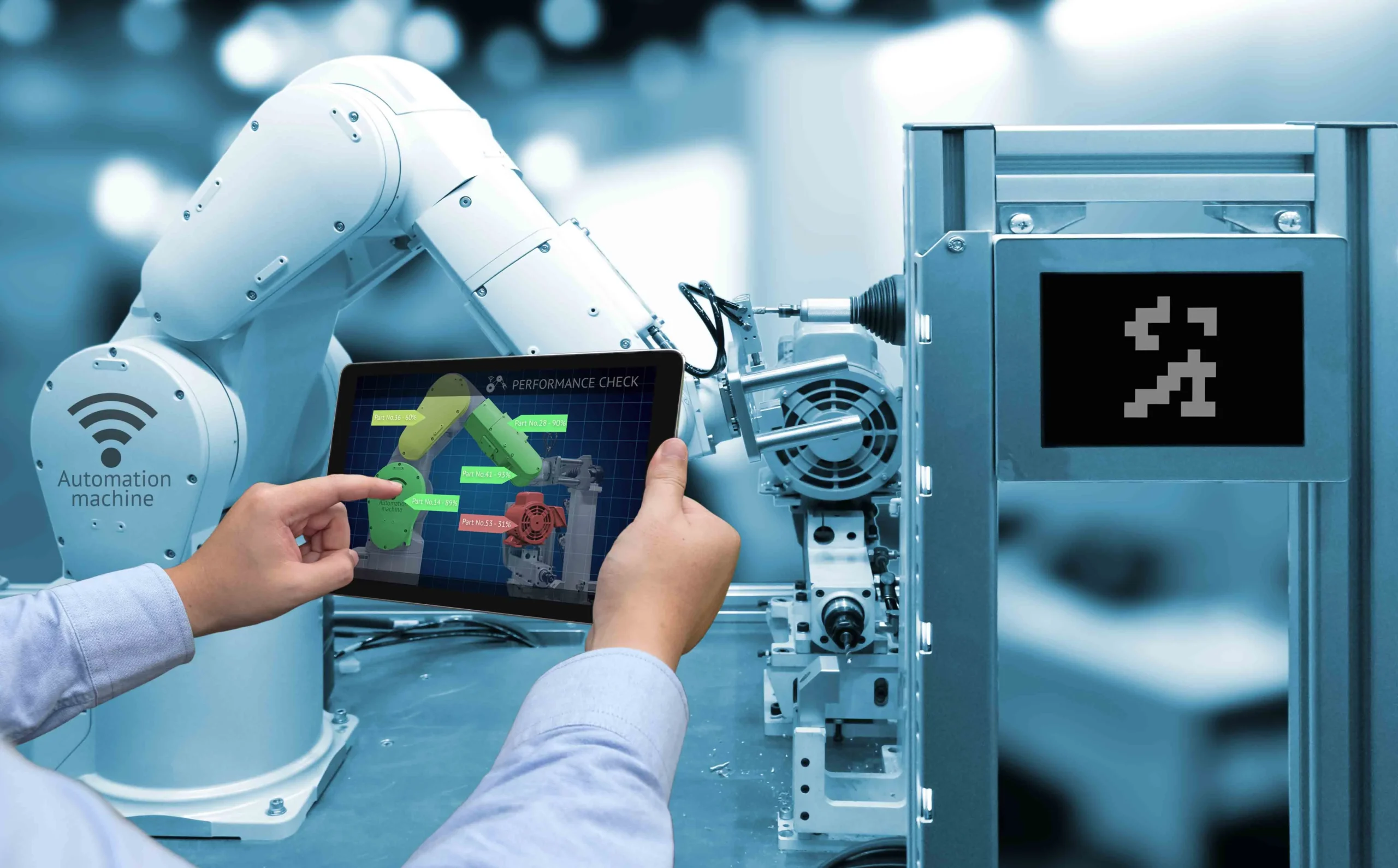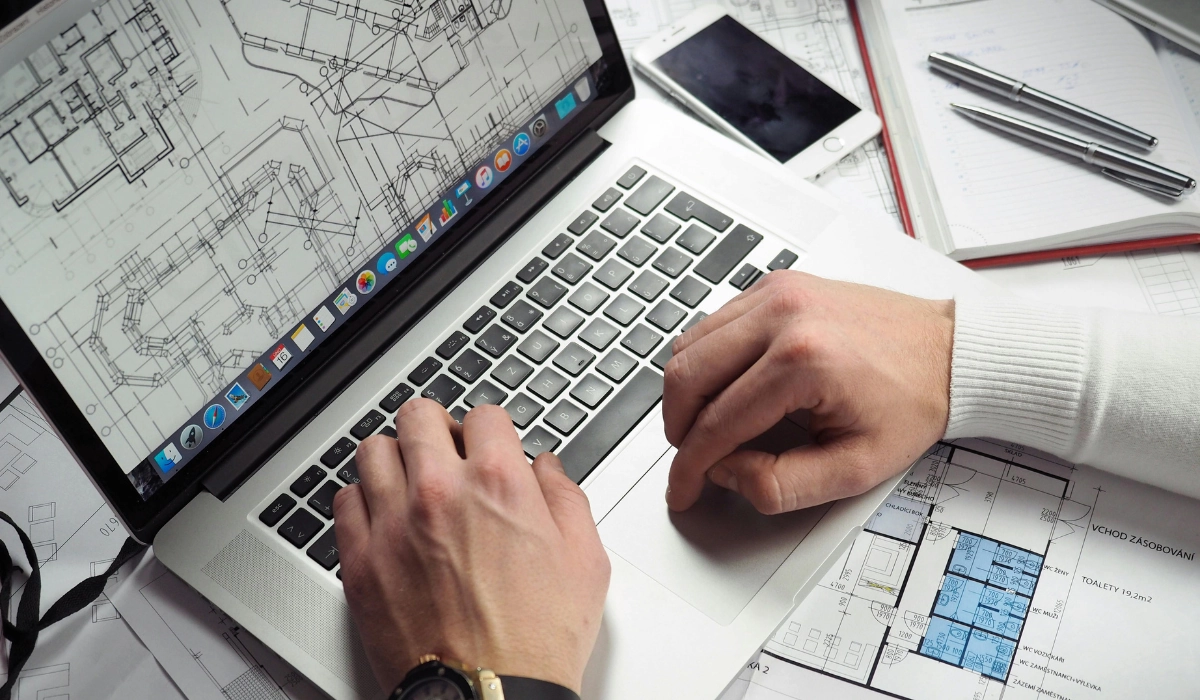Benefits of SCAN TO BIM in Buildings and Spaces: Efficiency and Precision
SCAN TO BIM has established itself as an essential tool in the construction industry, offering notable advantages in terms of efficiency and precision in building and space projects. This technology transforms 3D laser scanning into detailed BIM models, providing numerous benefits throughout the project lifecycle. Here are some benefits and advantages of SCAN TO BIM:
1. Detailed and Accurate BIM Modeling
SCAN TO BIM starts with 3D laser scanning of the building or space, capturing a point cloud that represents the existing geometry with high precision. This detailed model is then converted into a BIM model, allowing for an exact virtual representation of the project. This accuracy is crucial for detecting potential conflicts and making informed decisions throughout the project’s development.
2. Time Savings and Cost Reduction
By replacing manual measurements and 2D drawings with a BIM model generated from scanned data, the modeling process becomes significantly faster. This results in substantial time and resource savings, reducing overall project costs. The efficiency in data capture eliminates errors and decreases the need for costly revisions.
3. Increased Accuracy in Estimations
A precise BIM model facilitates the creation of more accurate estimates for materials, labor, and costs. This helps avoid unexpected surprises during the construction phase and allows for better budget management. The ability to make detailed estimates from the start contributes to more effective financial planning.
4. Efficient Coordination Between Teams
SCAN TO BIM provides a shared BIM model that all teams involved in the project (architects, engineers, contractors, etc.) can access in real time. This improves coordination and communication among the various project stakeholders, reducing the risk of errors and delays caused by misinformation or lack of synchronization.
5. Optimized Planning
The BIM model enables detailed simulations and analysis, facilitating the planning of different phases of the project. By identifying potential issues and making adjustments before they become significant obstacles, SCAN TO BIM contributes to more efficient and effective planning.
6. Efficient Facility Management
In addition to its use in the construction phase, the BIM model includes detailed information about building systems, such as electrical, mechanical, and plumbing systems. This facilitates the management and maintenance of facilities throughout their lifecycle, optimizing operations and reducing costs associated with asset management.
7.Complete and Accurate Documentation
SCAN TO BIM provides comprehensive and accurate documentation of the building, making long-term operations and maintenance management easier. This thorough documentation helps maintain a clear record of the building’s condition and features, simplifying maintenance and renovation tasks.
In summary, SCAN TO BIM offers an advanced solution to enhance efficiency, reduce costs, and increase accuracy in the construction of buildings and spaces. By providing detailed and precise models, this technology optimizes planning, coordination, and lifecycle management of the project.
JOIN THE NEW REALITY!



